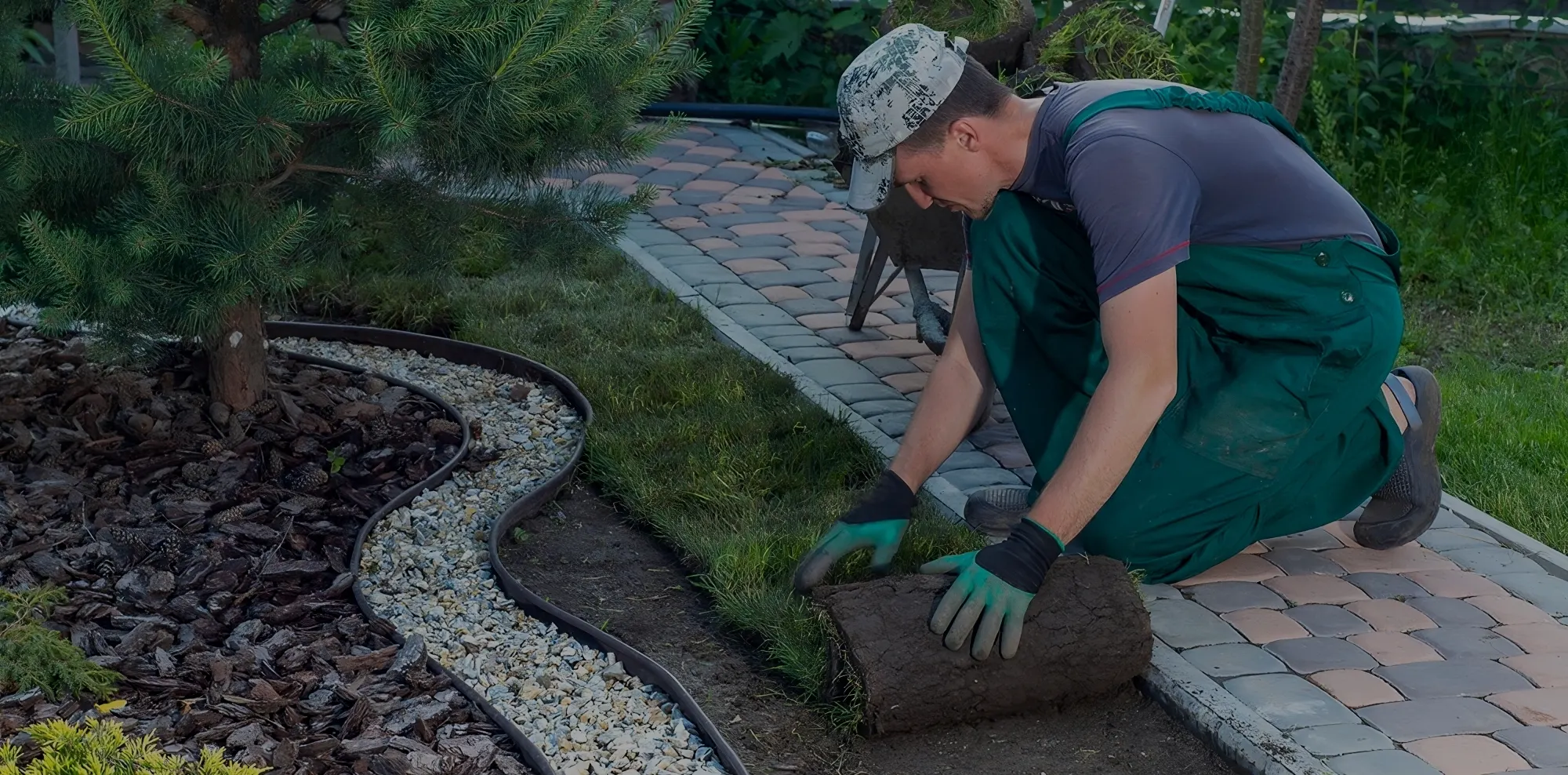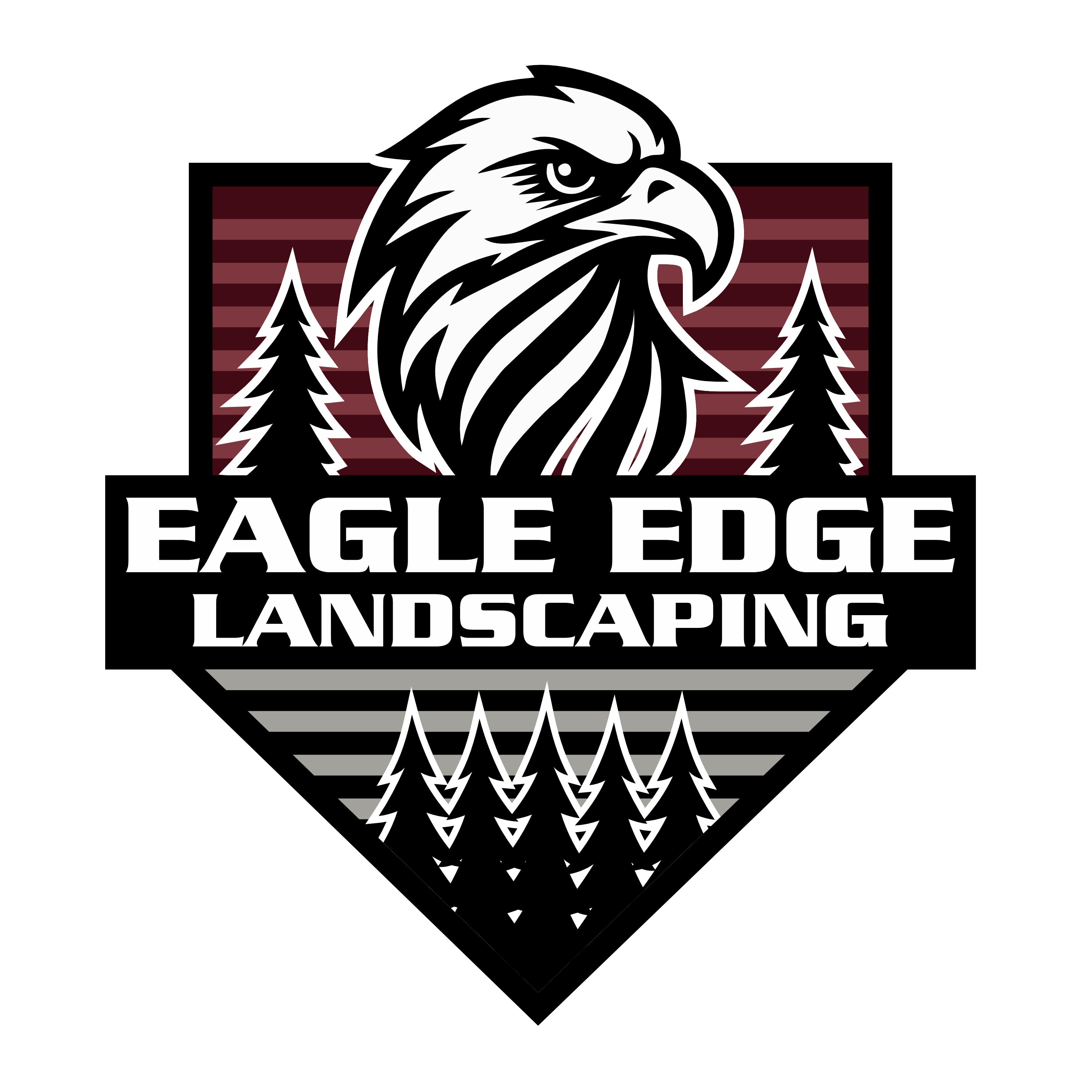The Ultimate Guide to Choosing the Right Grass: Artificial vs. Natural

Your lawn is one of the most prominent features of your outdoor space, playing a crucial role in aesthetics, functionality, and maintenance requirements. When choosing between artificial and natural grass, it’s important to weigh the pros and cons of each option to find what best suits your needs. In this comprehensive guide by Eagle Edge Landscape, we’ll help you make an informed decision by exploring the benefits, drawbacks, and uses of both artificial and natural grass.
Artificial Grass: The Low-Maintenance Solution
Artificial grass has become a popular choice for homeowners and businesses due to its convenience and visual appeal. Here’s what you need to know:
Benefits of Artificial Grass
- Low Maintenance: No mowing, watering, or fertilizing required, making it perfect for busy lifestyles.
- Durable: Designed to withstand heavy foot traffic and harsh weather conditions without wear.
- Year-Round Greenery: Maintains a lush, green appearance regardless of the season or weather.
- Water-Saving: Requires no irrigation, making it an eco-friendly option in areas prone to drought.
- Pet and Kid-Friendly: Modern artificial grass is soft, non-toxic, and safe for families.
Drawbacks of Artificial Grass
- Initial Cost: The upfront investment is higher than natural grass, although it pays off over time.
- Heat Retention: Artificial grass can become warmer than natural grass in direct sunlight.
- Limited Lifespan: While durable, it will eventually need replacement after 10–15 years.
- Environmental Concerns: It’s made of synthetic materials, which may not decompose naturally.
Ideal Uses for Artificial Grass
- Small yards with minimal shade
- Rooftop gardens or balconies
- Sports fields and play areas
- Commercial properties seeking a clean, professional appearance
Natural Grass: The Traditional Choice
Natural grass remains a classic option, offering an authentic look and feel that many homeowners love. Here’s a closer look at its features:
Benefits of Natural Grass
- Eco-Friendly: Absorbs carbon dioxide, supports biodiversity, and reduces heat in urban areas.
- Authentic Feel: Provides the natural texture, smell, and aesthetic that artificial grass can’t replicate.
- Cooling Effect: Natural lawns cool the environment, making outdoor spaces more comfortable in hot weather.
- Cost-Effective: Initial installation is typically cheaper than artificial grass.
Drawbacks of Natural Grass
- High Maintenance: Requires regular mowing, watering, fertilizing, and pest control.
- Water Usage: Demands significant irrigation, which can be a concern in water-scarce areas.
- Vulnerability: Susceptible to weather damage, pests, and diseases, which can lead to patchy lawns.
- Seasonal Changes: Grass growth slows or stops in winter, leading to a less vibrant appearance.
Ideal Uses for Natural Grass
- Large residential yards with access to water
- Gardens seeking a traditional aesthetic
- Areas with moderate foot traffic and care availability
Key Factors to Consider When Choosing Grass
- Maintenance Requirements: Artificial grass is ideal for those seeking low upkeep, while natural grass is better for those willing to invest time in care.
- Budget: Artificial grass has a higher upfront cost but lower long-term maintenance expenses. Natural grass is cheaper initially but requires ongoing investment.
- Climate: In drought-prone areas, artificial grass is more practical, while natural grass thrives in regions with regular rainfall.
- Usage: For heavy foot traffic or multi-purpose areas, artificial grass offers better durability. Natural grass is ideal for decorative or lightly used spaces.
- Environmental Impact: Natural grass supports the ecosystem, while artificial grass conserves water but uses synthetic materials.
FAQs About Artificial and Natural Grass
Both are suitable, but artificial grass is often preferred for its durability, non-toxic material, and low maintenance, while natural grass offers a softer, more authentic play surface.
Artificial grass requires simple maintenance, such as brushing to remove debris and occasional rinsing to keep it clean and fresh.
Some grass species are shade-tolerant, but limited sunlight can lead to patchy growth. Artificial grass is a better option for heavily shaded spaces.
With proper care, artificial grass can last 10–15 years, making it a long-term investment for your lawn.
Yes, some homeowners use artificial grass in high-traffic areas while maintaining natural grass in decorative sections for a hybrid approach.
Why Choose Eagle Edge Landscape for Grass Installation?
At Eagle Edge Landscape, we specialize in both artificial and natural grass installation, tailoring solutions to meet your property’s unique needs. Our team offers expert guidance on choosing the right grass type, ensuring you get a lawn that suits your lifestyle, budget, and aesthetic preferences. With years of experience and a commitment to quality, we guarantee precise installation, long-lasting results, and complete customer satisfaction.
Whether you’re leaning toward the low-maintenance appeal of artificial grass or the authentic beauty of natural turf, Eagle Edge Landscape has the expertise to bring your vision to life. Contact us today to discuss your lawn needs and transform your outdoor space into a stunning, functional masterpiece!
